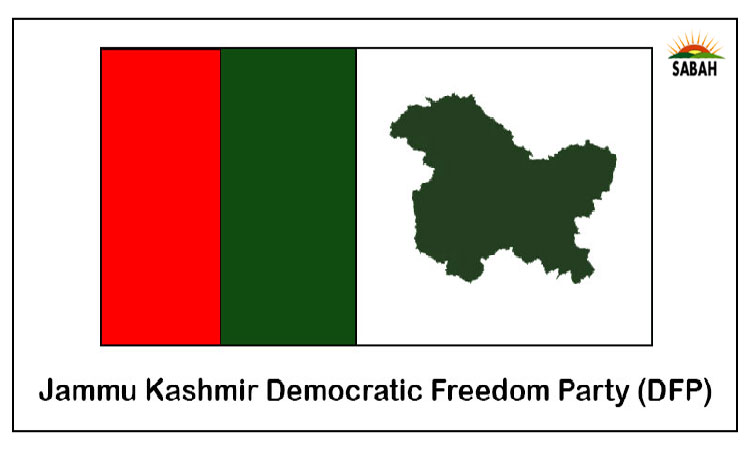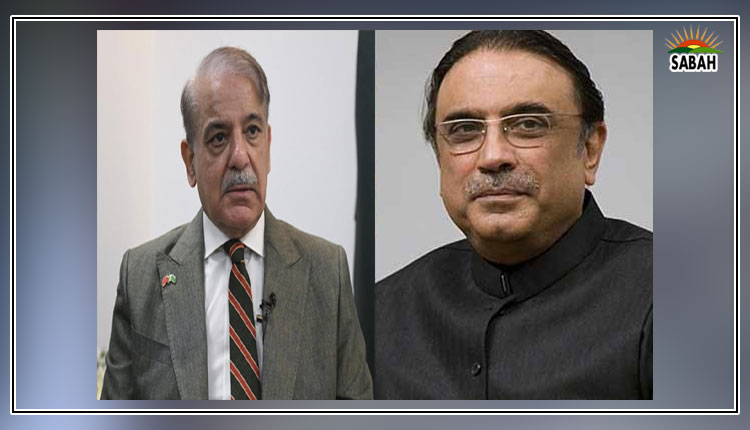‘Scandalising’ contempt…Reema Omer
A NUMBER of contempt of court proceedings are currently underway in different courts in Pakistan.
On May 17, 2024, the Supreme Court took notice of press conferences by Faisal Vawda and Mustafa Kamal regarding the judiciary. The court found that their comments prima facieconstitute contempt of court and gave them an opportunity to submit written explanations within two weeks. The court warned television channels that broadcasting or publishing material that constitutes contempt of court may also be contempt, so they should desist from doing so.
Earlier, the Islamabad High Court initiated contempt proceedings in response to Justice Babar Sattars letter informing the chief justice of the IHC of a malicious social media campaign against him. The court found there is prima faciematerial indicating personal criticism of the judge and scandalising of the court. The IHC also noted that demanding Justice Sattars recusal from a case before him prima facie amounted to obstruction of the course of justice.
Around the same time, Justice Mohsin Kayani requested the IHC to initiate contempt of court proceedings under Section 11 of the Contempt of Court Ordinance (relating to judicial contempt) in response to certain allegations made against him in the media. A notice was issued to advocate Waqas Malik, who reportedly filed a complaint against Justice Kayani before the Supreme Judicial Council for, among other things, waging war against the Pakistani state. Notices were also issued to journalists Matiullah Jan and Talat Hussain, who interviewed advocate Waqas Malik regarding his complaint.
How should judges respond to false allegations and personal criticism?
These contempt proceedings raise a number of issues concerning the rule of law and human rights, including the independence of the judiciary and the proper administration of justice, as well as the rights to freedom of expression and information.
The applicable law is the Contempt of Court Ordinance, 2003. The Ordinance relates to a number of different types of contempt including civil contempt, criminal contempt, and judicial contempt. The category of contempt invoked in the ongoing proceedings appears to primarily be judicial contempt.
Judicial contempt is defined under the ordinance as scandalising the court and includes personalised criticism of a judge while they are holding office. Personalised criticism is defined as criticism of a judge or a judgement in which improper motives are imputed. Judicial contempt is related to lowering the authority of a court in the minds of the public and bringing the authority of a court or the administration of law into disrespect or disrepute.
The common law origins of contempt powers regarding scandalising the court or lowering the courts authority are from a time when awe and respect for the status of the sovereign and their judges were considered essential to the maintenance of public order.
Consider, for example, one of the earliest judicial pronouncements on contempt of court in R vs Almon (1765): The arraignment of the justice of the judges, is arraigning the kings justice; it is an impeachment of his wisdom and goodness in the choice of his judges, and excites in the minds of the people a general dissatisfaction with all judicial determinations, and indisposes their minds to obey them.
Justice Sachs elaborated the origins of contempt in common law in the Mamabolo case from South Africa: The words scandalising and disrepute belong to an archaic vocabulary which fits most uncomfortably into contemporary constitutional analysis. They evoke another age with other values, when a strong measure of awe and respect for the status of the sovereign and his or her judges was considered essential to the maintenance of the public peace. Constitutionalism arose in combat with mystique, and does not easily become its bride.
Notably, in 2013, the Crime and Courts Act abolished the offence of scandalising the court in England and Wales, where the contempt powers found in Pakistani law originate.
This decision to abolish the offence was based on a report by the Law Commission of England and Wales, which concluded: the offence of scandalising the court is in principle an infringement of freedom of expression that should not be retained without strong principled or practical justification; there are uncertainties about the conditions and ambit of the offence; prosecutions for this offence are likely to have undesirable effects; and there are several statutory offences covering the more serious forms of behaviour covered by scandalising, and civil defamation proceedings are available in the case of false accusations of corruption or misconduct.
Courts in the US, Canada, New Zealand, and various other common law jurisdictions have greatly restricted the applicability of the offence of scandalising the judiciary. There is also wide recognition globally from within as well as outside the judiciary that if the objective of invoking contempt powers is to uphold or restore public confidence in the courts, such proceedings would be counterproductive.
How, then, should judges respond to false allegations and personal criticism? Judges in other jurisdictions have argued a better and wiser course is to ignore any scandalous attack with a wry smile rather than giving them more publicity by initiating contempt proceedings. The more extravagant the allegations, the more ludicrous they sound, their argument goes. Others have suggested it is incorrect that judges cannot reply to attacks and have advocated for press releases and other official means of giving a response.
In the most serious cases, the option of civil defamation and action under other relevant statutory laws also exists.
It is true that respect for the judiciary is vital for the maintenance of the rule of law. However, as can be seen from examples within and outside of Pakistan, such respect is undermined rather than strengthened by the use of contempt of court.
The application of contempt powers, therefore, must be limited to the most egregious instances where there is a clear and present danger of subversion of the administration of justice and not merely personal criticism or scandalising of the court.
Courtesy Dawn












